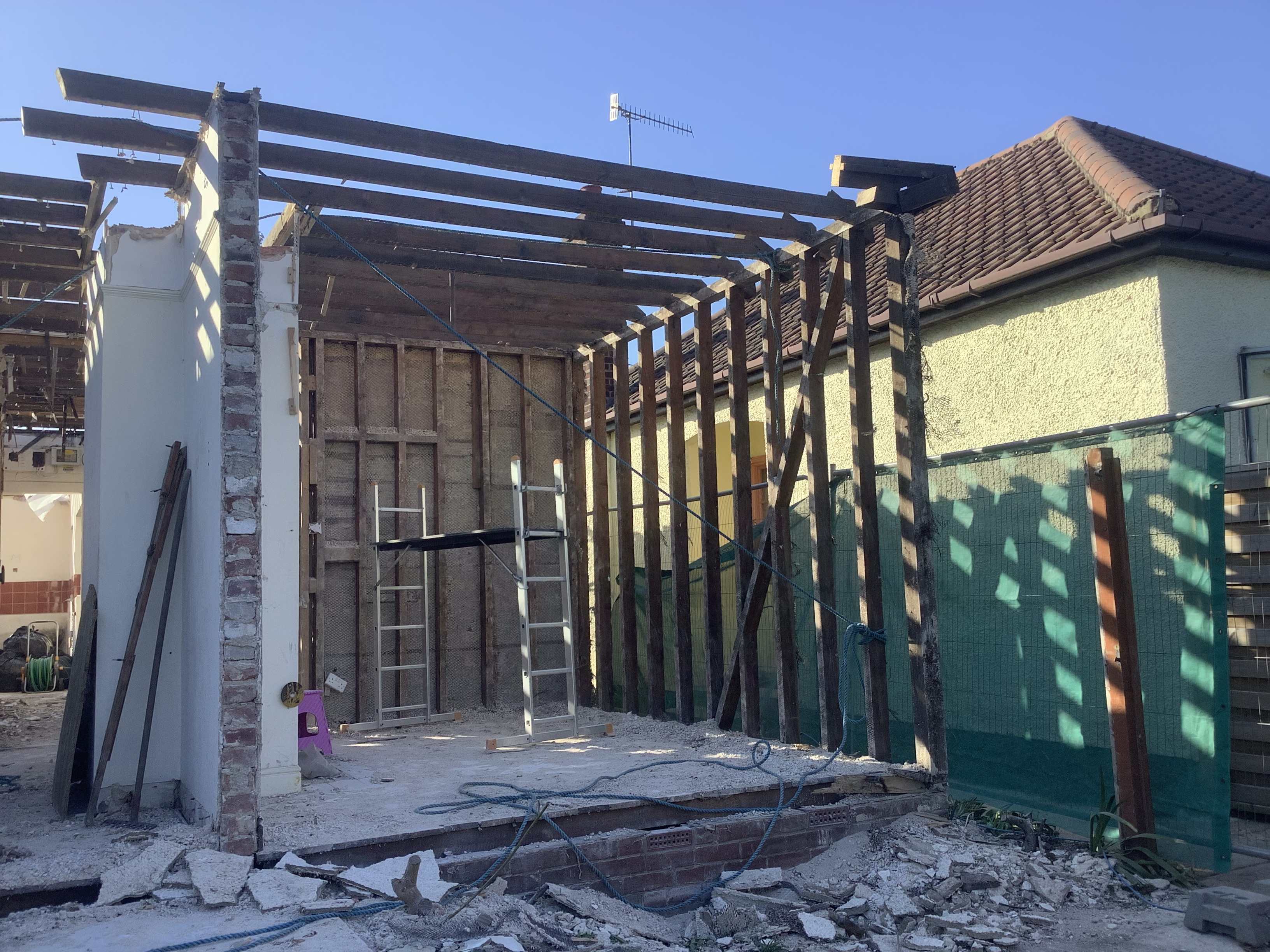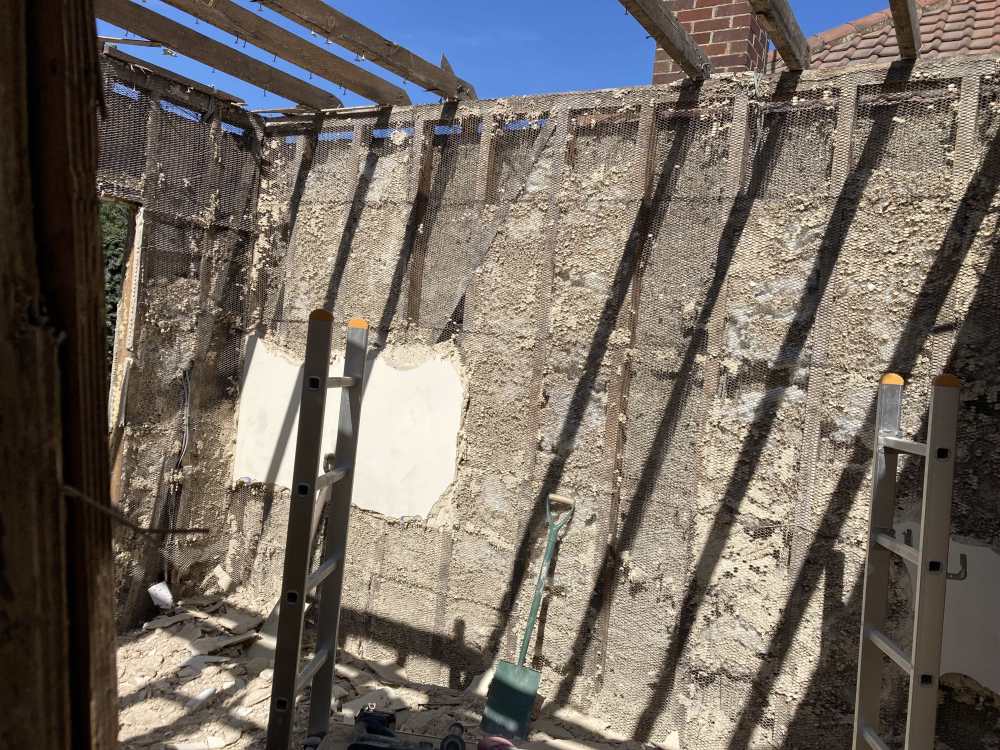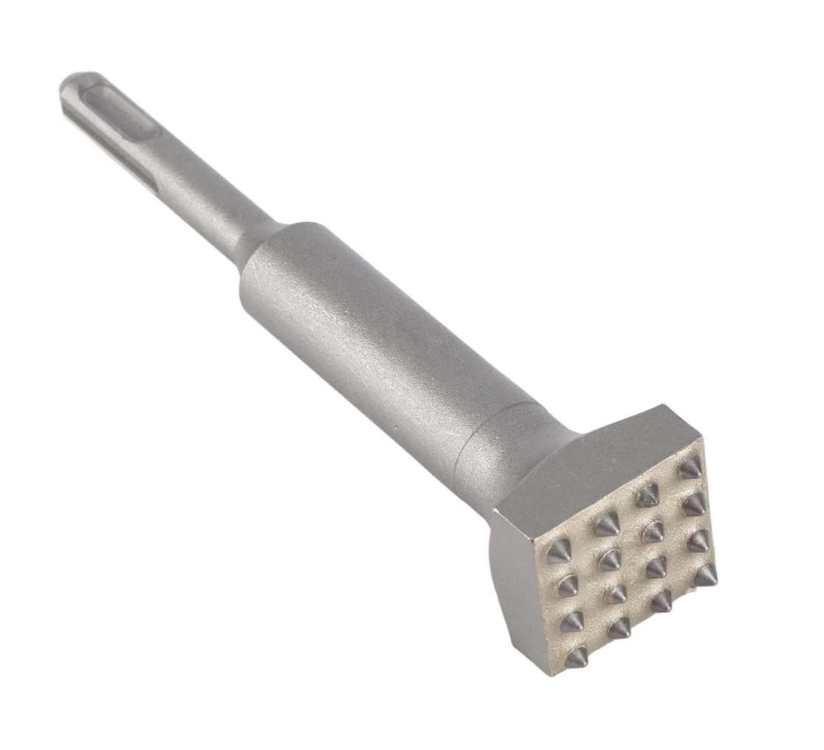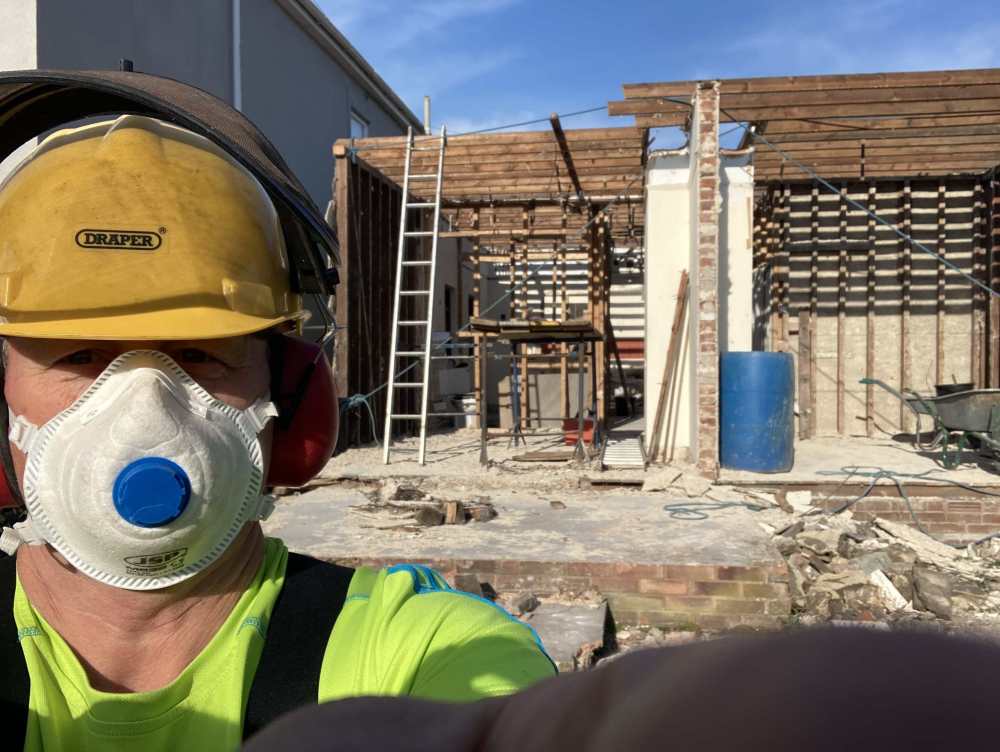Bungalow recycling…
Week 13. Or at least, my body thinks it’s week 13, whereas the calendar says it’s week 3. It’s really odd looking back on the demolition. Starting to strip tiles off seems so much longer ago than 20 days. Most odd.
The week started with a tidy up day, as Steve wasn’t there. Almost all of the wiring for da bungalow ran through the loft, and was set to be in the way so out came my new and wonderfully sharp side cutters. About 5 minutes in they went back in my pocket and were replaced by a cordless angle grinder with a thin metal cutting blade. Super quick especially when a bunch of wires were involved. Habits and techniques quickly and unconsciously form through trial and error or, more often on this project, by watching Steve. He’s had best part of five decades building and I’m lucky to be able to tap into that.
More luck comes in the form of a guy scrounging firewood at the tip. Phone numbers exchanged (goodness that sounds dodgy!) and a promise to let him know what we have available. It transpired that the ground worker didn’t have a use for our roof timbers so in two runs the wood man has removed about 5 cubic yards and wants all but the nailiest bits. More skip savings and he seems to understand that for it to work he has to turn up when agreed and load up without help. Marvellous.
So on Tuesday we started stripping off the internal plaster. The external walls are 4” x 2” stud with metal lathe either side then pebble dash outside and a weak cement render inside with a skim. Between the studs is a patchy application of white fluffy insulation, which had settled significantly, or was completely absent where they missed sections. A fantastic illustration of the cowboy insulators of yesteryear.
The plan was to knock off the internal plaster, then peel off the wire to grab and bag the fluff section by section, then thump the pebble dash off from inside. We had visions of the whole neighbourhood being covered in wind blown non bio degradable fluff for decades to come.
We soon discovered that the tool of choice was yet again, my trusty spade, backed up by my SDS with a funny crushing bit. Hours of hacking leaves the wire mesh clean enough to go in metal recycling. The render was then barrowed to the growing aggregate pile in the back garden to be used to build up the solid floor. Peeling off the metal lathe involved much yanking with a nailbar and we generated an enormous pile of plastic bags of captured fluff, the only non recyclable bit. Quite pleasing.
The frightening bit was knocking off the pebble dash. Too easy. It came off in huge bits with very little effort. It happened so quickly that once we’d cleared that up we had time to start cutting down some stud work. We started with the end wall. A couple of high level cuts and a gentle push and down it fell into the garden, in two sections, with a small plume of wood dust from the disintegrating rotten sole plate. If our neighbours see these bits they’ll be scared stiff at the likely condition of their near identical bungalow, built as a pair roughly a hundred years ago.
The chimney and masonry wall in the centre of the bungalow forms a stable support to the side walls as we’d left the joists connected for safety, so we started cutting out an upright and a joist at a time. These walls are only a meter from our neighbour’s walls, so I stood for a good few minutes having a bit of a wobble before doing the first one. It finally occurred to me that the years I’ve spent cutting trees down (an odd hobby but a satisfying one) were of use. Just think of the studs like little trees. Worked a treat. So on Wednesday we went home pleased with progress.
I was alone on site Thursday and Friday so it was tip runs to get rid of the fluff bag and wire mountains, and lots more hours of spade work stripping plaster. When on Friday I realised how dusty the site (and our neighbours front patio) had become I quickly deployed the hose to damp the floors down which improved the feel of the shell significantly.
I had a day off Saturday, and J and I visited site for J to tend plants and see progress first hand. Oddly, I found not working really difficult. I really needed the weekend off, especially my shoulders, but my head felt I should get in there. As both J and Steve remind me constantly, it’s a marathon, not a sprint, and there’s always tomorrow. But stopping before exhaustion is, I find, very difficult.
My body clock has shifted completely now. I wake before 06:00 and lay there thinking stuff through as there’s no way I can get back to sleep even though I’m still tired.
We’re still chasing quotes on many things, and it seems in a lot of areas our need for early quotes simply doesn’t fit the industry. We are asking too early, though of course we want the info for both budgetary reassurance or to be able to plan nicely in advance. However getting numbers requires the work to be imminent, it appears.
This is even the case with our BCO. He wants all changes from the architect drawn building regs plans authorised by a grown up. Acceptable grown ups include architects and SEs. A good example is the attic. We do not want eve vents, we want just ridge vents and a roof sealed by OSB (sort of sarking). Our architect refused to remove the eve vents as that’s what he’s always done, so we are fortunate that our SE is happy with our alternative plan. All I have to do is draw it up and submit it to Bob, our SE, for approval. I know that’s vital work but as it doesn’t involve a spade it somehow feels less so. Yet another odd thing.
-
 2
2






26 Comments
Recommended Comments
Create an account or sign in to comment
You need to be a member in order to leave a comment
Create an account
Sign up for a new account in our community. It's easy!
Register a new accountSign in
Already have an account? Sign in here.
Sign In Now